What Are The Major Natural Resources Of Australia?
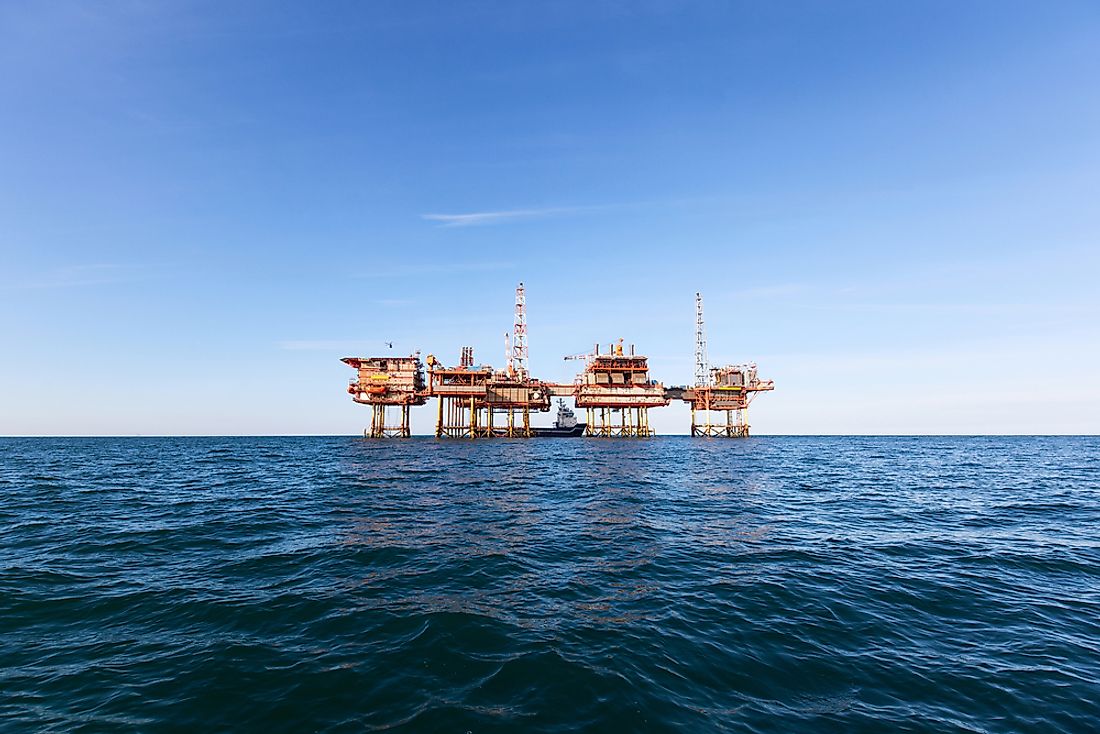
- Australia's natural resources include minerals, petroleum, natural gas, and timber, among other things.
- The service sector of the nation is its strongest economic driver, but Australia is the world's largest producer of many minerals such as bauxite and zircon.
- Australia's economy has avoided a recession the last 28 years or so, but it could have been facing zero growth even before the coronavirus pandemic.
Australia is famous for being the Land Down Under and as such, for being full of kangaroos, crocodile hunters, and dingos that tourists as well as locals, love to laud. What may not be as well known is what type of natural resources help make its economy the 14th largest in the world with a gross domestic product (GDP) of about $1.38 trillion.
First, let’s point out that Australia’s economy does not actually rely largely on natural resources to support itself. The country’s service sector is the major economic driver. This includes things such as finance, trade, and transport services. The Australian service sector employs about 75% of the nation’s labor force and contributes 70% of the GDP.
It is true that natural resources are integral to Australia’s economy as well, however.
According to Oxford Languages, a natural resource is defined as “materials or substances such as minerals, forests, water, and fertile land that occur in nature and can be used for economic gain.”
Some of Australia’s major natural resources include a vast array of minerals, petroleum, natural gas, and timber.
Minerals
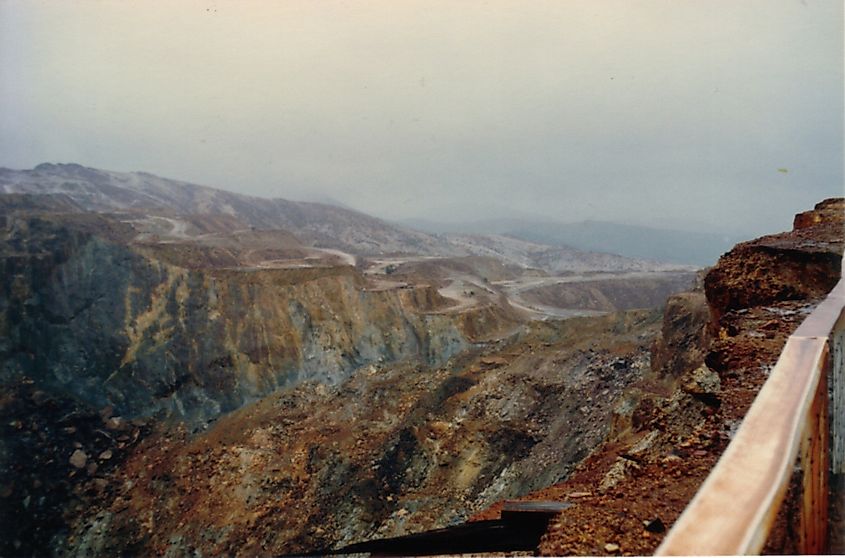
There is no disputing it: Australia is a world leader when it comes to mining. The country is the world’s largest producer of many minerals including iron ore, bauxite, zircon, ilmenite, and rutile. (What are these things used for? Bauxite is necessary for making aluminum and is found in tropical and subtropical environments. Iron ore is used to make steel, and zircon, things like ceramics, dentures, and fiber optic components. Ilmenite is found in many manufactured products including cosmetics, sunscreen, paint, and plastics. Last but not least, rutile is also used in paints and the production of ceramics).
What else does Australia dig out of the ground? The country is also the second-largest producer of gold, lead, zinc, alumina, lithium, and manganese ore, and is the third-largest producer of uranium. Australia also mines black coal, silver, nickel, copper, cobalt, and aluminum. To put it in simple terms, mining makes many people a lot of money in Australia.
Here are some more facts to add to your stash. According to the Australian government, the mining sector contributes about 7% of the country’s GDP, with 19 different minerals mined significantly in almost 400 mines throughout all states. Mining accounts for a large percentage of the country’s total exports and in September 2019, Australia predicted its mining revenue to be worth about $282 billion.
Who buys minerals from Australia? The nation's mining products are purchased worldwide and major export markets include countries like China, South Korea, Japan, and India.
Petroleum
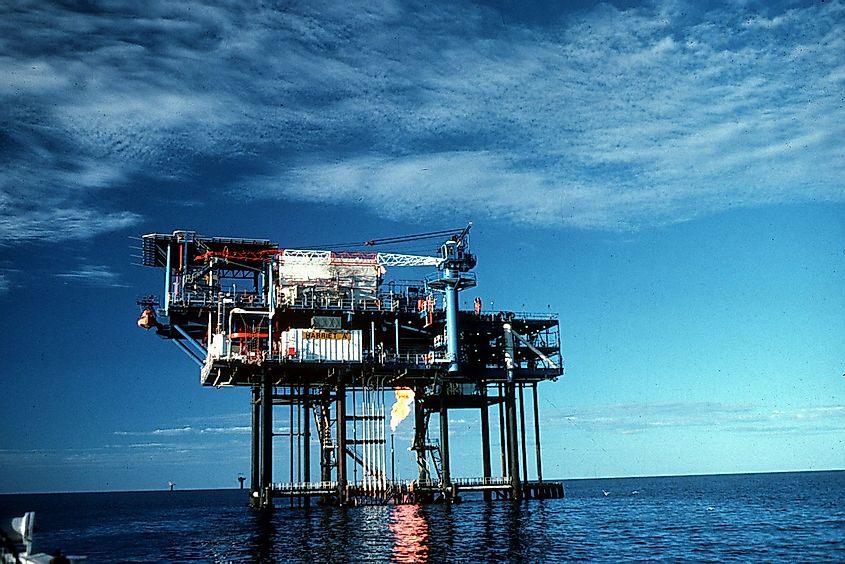
Oil is another important natural resource for Australians. The country has only about 0.1% of the world’s total oil reserves, but this amount helps Australia function. As of 2017, the country imported more petroleum than it exported and ranked 38th globally as an oil producer. In April 2020, however, when the global price of oil dropped drastically during the coronavirus pandemic, Australia boosted its oil reserves by purchasing the crude oil from the United States Strategic Petroleum Reserve (SPR) for $94 million, which could have been a good deal since this is the world’s largest known supply of emergency crude oil.
Before this happened, Australia had only about three years of oil left to use. This was based on the idea that it would continue to use oil at its current level of consumption and that no new reserves would be found within the country’s borders.
If Australia is to transition to other forms of power more predominantly, such as wind and solar power, its oil reserves could last longer, however.
Natural Gas
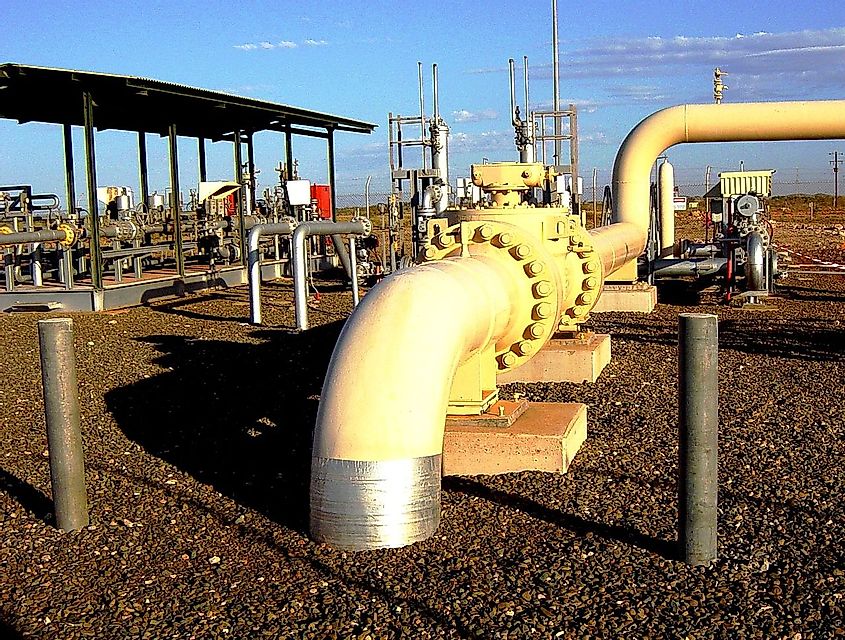
Natural gas is an important natural resource for Australia. The country has almost 44 times more natural gas than it consumes in one year, meaning it has about 44 years of natural gas left to use. According to Worldometers.com, Australia ranks 27th worldwide for this natural resource and is home to about 1% of the world’s natural gas. That being said, it surpassed Qatar as the world’s largest exporter of natural gas in 2019.
Natural gas is exported by Australia as liquified natural gas or LNG- natural gas that has been cooled in order to be transported. Australia’s pockets of natural gas lie both onshore and offshore and are one of the country’s top sources of energy, along with coal and uranium.
In 2016-2017 about 20% of the country’s electricity needs were powered by natural gas.
Timber
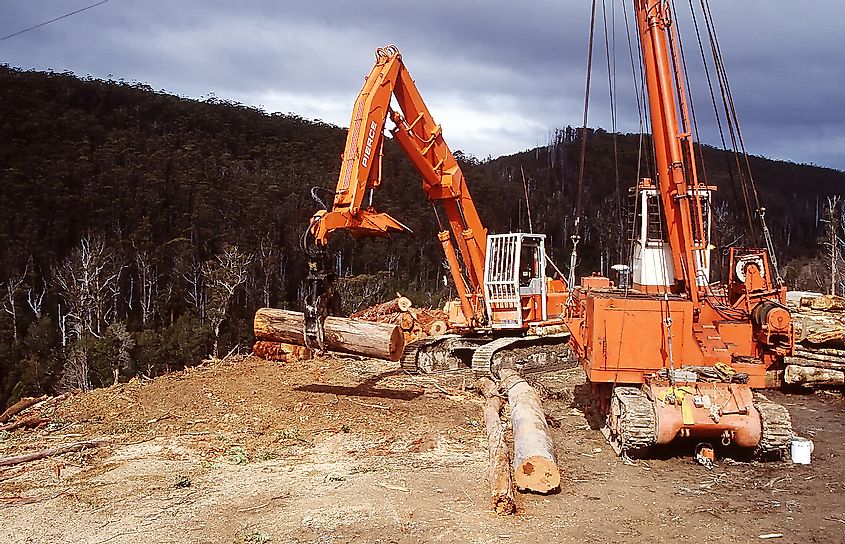
Finally, wood from Australia’s many forests is another natural resource that contributes to the nation’s economy, which we will mention. According to Australia’s Department of Agriculture, about 17% of the country’s land is covered in forest, with about 1.95 million hectares devoted to commercial plantations. Eucalyptus and acacia trees dominate the country’s native forests. About half of the nation’s commercial forests are exotic softwood comprised of Monterey pine, and the rest is mostly eucalyptus trees. (Monterey pine is commonly used in construction in veneer, and plywood, and is also used to make paper and boxes. For its part, Eucalyptus is often used in flooring materials, as well as for making cabinets, and as part of plywood).
Australia is a vast country that covers millions of square miles- 2,969,907, to be exact. Despite all its natural bounty and other economic strengths, some say it entered a new post-growth phase even before the coronavirus pandemic hit. Amazingly, Australia has avoided a recession for the last 28 years, but economic growth can never continue indefinitely. As the entire globe heads into a recession or even depression as a result of the pandemic, it remains to be seen exactly how Australia will fare in the coming years.







